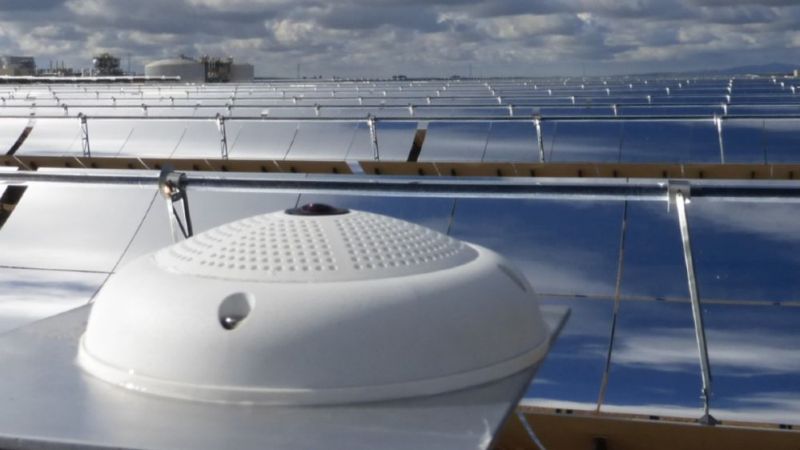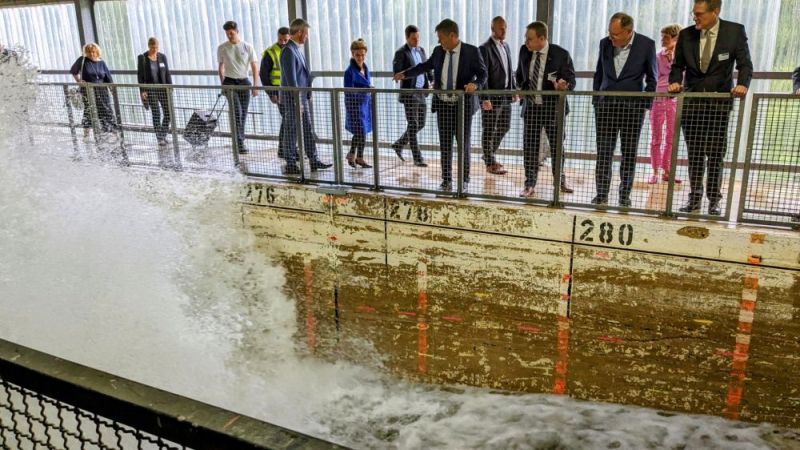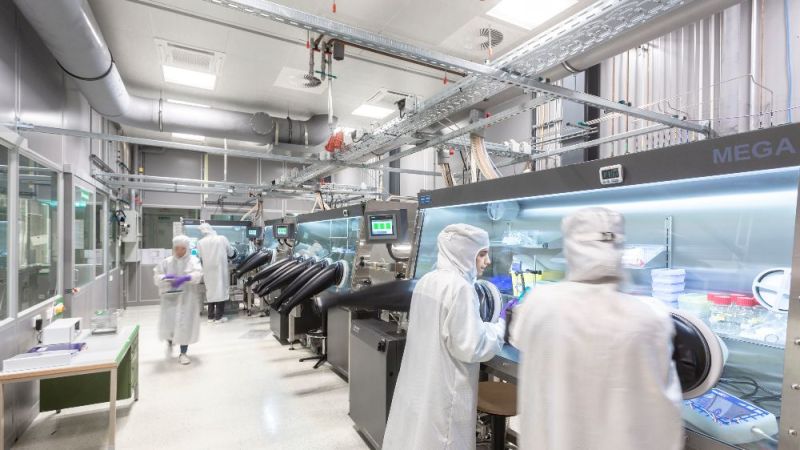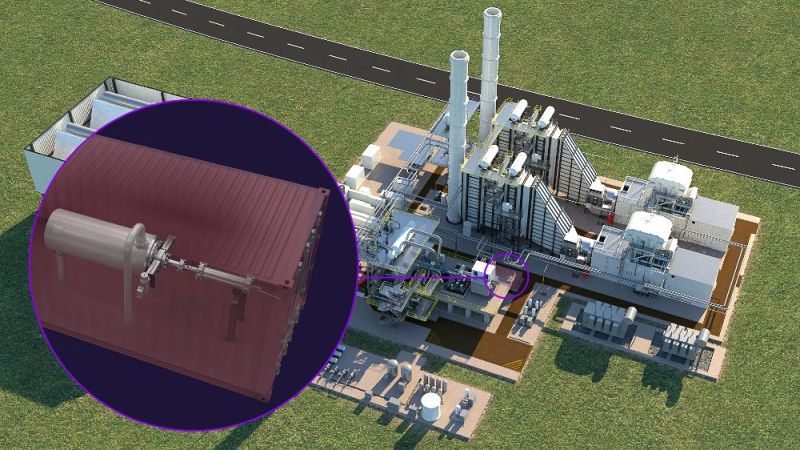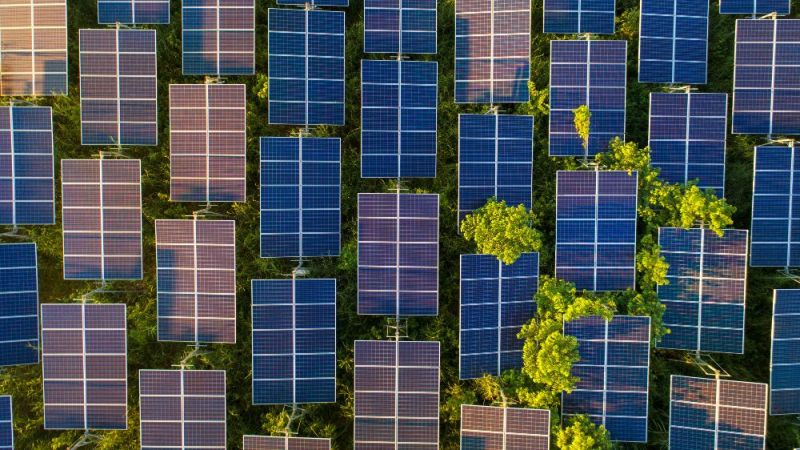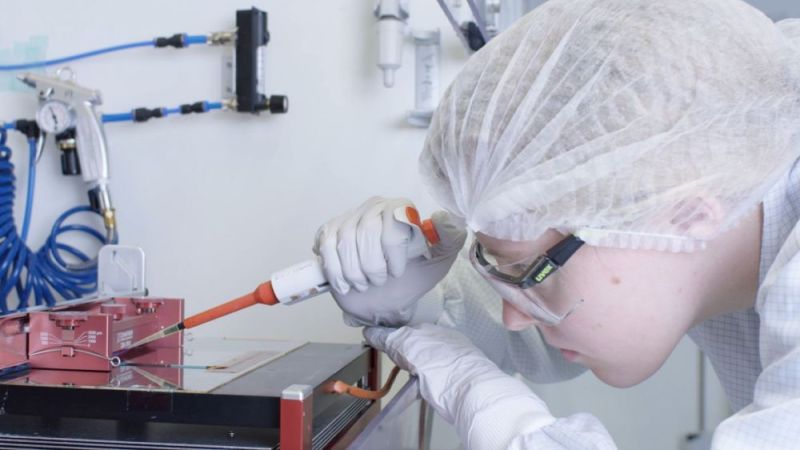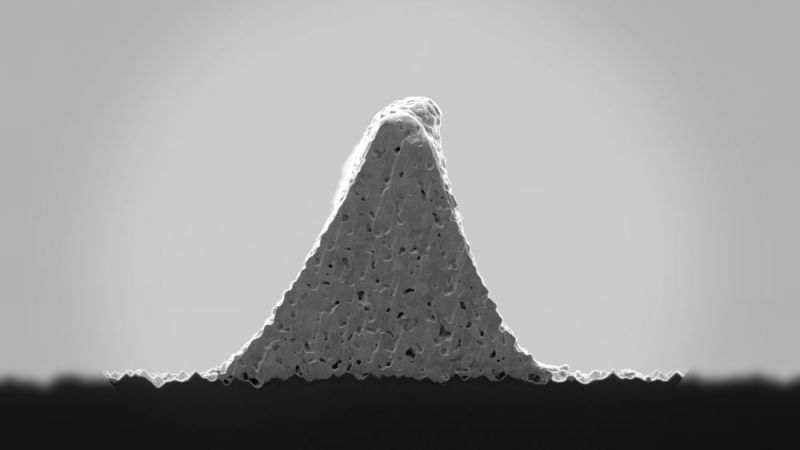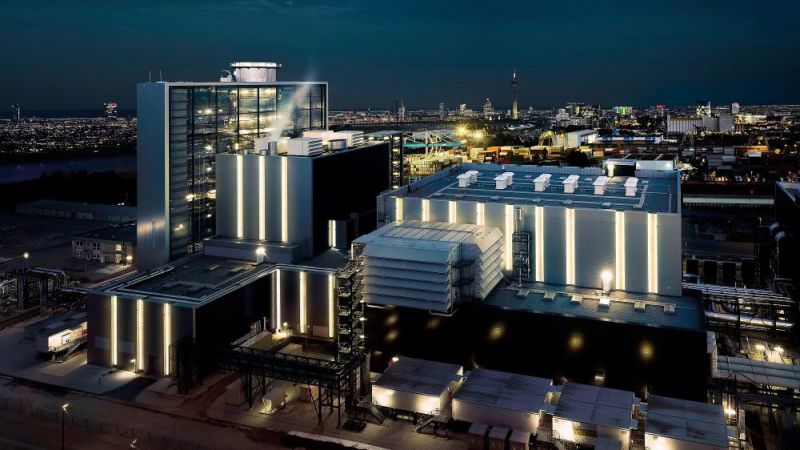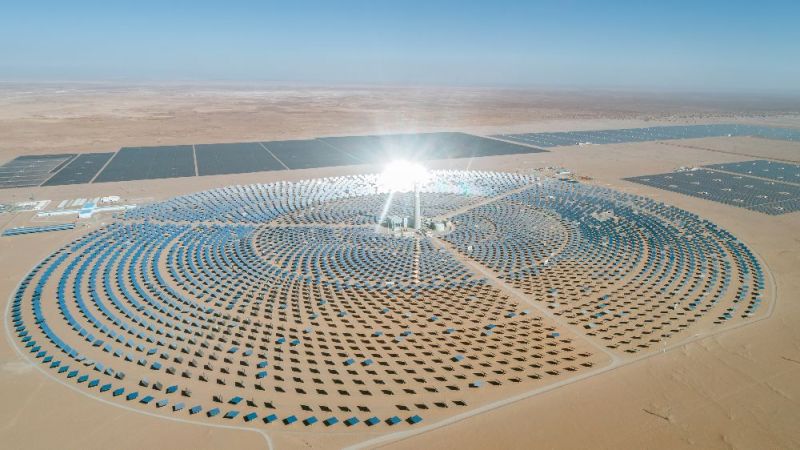Funding
Energy research makes patents possible and brings innovations to the market
Researchers in the field of renewable energy sources apply for many patents. Research funding supports them and as a result also strengthens the economy.
The energy transition creates innovations. Whether larger rotor blades for more powerful wind turbines or new materials in photovoltaic modules for higher efficiencies: Teams of scientists develop and optimise technologies and methods to supply society with energy in an environmentally friendly and affordable way. This benefits everyone: New technologies create jobs, ensure progress and help to open up new export markets. Energy research supports universities, research institutes and companies in developing innovative ideas and transferring them into practice.
510 million euros for application-oriented energy research
One of the ways in which the Federal Government is promoting forward-looking energy technologies is through its 7th Energy Research Programme. The German Federal Ministry for Economic Affairs and Energy (BMWi) is the lead agency. In 2019, the BMWi earmarked around 510.1 million euros for ongoing projects in the field of application-oriented research and development in the 7th Energy Research Programme. Projects amounting to around 625.7 million euros were newly approved, which corresponds to around 1,190 newly approved projects in this funding area. The patent applications in the field of renewable energy sources resulting from the funding range from innovative measurement systems for wind turbines to up-to-the-minute cloud forecasts for open-space photovoltaic systems and new production methods for photovoltaic components.
Servicing rotor blades from a distance
Wind turbines must be monitored and regularly maintained. For the former, they have a condition monitoring system that records a large number of parameters and sends them online to a control room. However, damage to the fabric of the structure, especially to the rotor blades, cannot be detected in this way. Images of the rotating rotor blades with a static or hand-held camera are not feasible due to the high speed and the tele-optical system required for sufficient image resolution.
The plants therefore have to be stopped and checked twice a year for documentation and maintenance purposes. These inspections are only possible if the wind turbines are taken off the grid, brought into a suitable position and then the rotor blades are inspected by climbers or by means of camera drones. This high effort and the downtimes are expensive.
Scientists at the Fraunhofer Institute of Optronics, System Technologies, and Image Exploitation IOSB and the company Nawrocki Alpin have developed a solution that is unique worldwide. They have developed a photo documentation system that inspects and documents rotor blades remotely during operation.
Cost savings of up to 500,000 euros
The rotor blades are automatically recorded and tracked by a camera system. This system guides the documentation camera built into a pivot boom to track the movement of the rotor ring so that it constantly monitors selected blade segments. This makes it possible to take high-resolution images of the blade surface and detect any potential damage.
The system is positioned approximately 200 to 300 metres in front of or behind the wind turbine. It produces five photos per blade and side. These are then listed in an evaluation protocol that shows and maps the damage. With around a thousand turbines to be documented, the cost saving is between 300,000 and 500,000 euros, depending on the size and performance of the turbines.
The project partners patented this innovation in Germany in 2019. Patenting is currently underway within the European Union. The foundations for this innovation were laid in the BMWi-funded research project WEADYN. In the follow-up project WEALyR, the researchers are working on further optimising a laser-based measurement system for wind turbine vibrations.
Cloud and sun forecast for more power
Ground-mounted photovoltaic systems and solar thermal power plants produce most power when the sun is blazing and the sky is cloudless. In order to align the plants as optimally as possible, exact weather forecasts are extremely important for the operators. To this end, a team of scientists from the German Aerospace Center (DLR), together with the companies TSK Flagsol Engineering and CSP Services, developed a so-called cloud camera system, short "WoBas". WoBaS is installed directly on site and predicts cloud movements 15 minutes in the future, thereby supplementing the satellite-based weather forecasts from space. The system is patented and is commercially distributed by CSP Services.
Specifically, several cameras take photos of the sky every 30 seconds from different field positions. This makes it possible to predict the exact cloud locations near the plants as well as their movements. This pays off for the plant operators.
Photovoltaics cheaply produced
Not only the operation of plants is optimised. Production also offers a lot of potential for innovations - and thus also for patents. The company NexWafe, for example, which was spun off from the Fraunhofer Institute for Solar Energy Systems ISE, already has a dozen patent families thanks to many years of research and development. NexWafe has developed a method by which silicon wafers are quasi-copied - whilst maintaining high quality. The semiconductor material silicon is the basis of most photovoltaic modules. However, the established manufacturing processes for flat silicon wafers are comparatively complicated and therefore more expensive. With the new method, NexWafe wants to bring photovoltaic production back to Europe.



